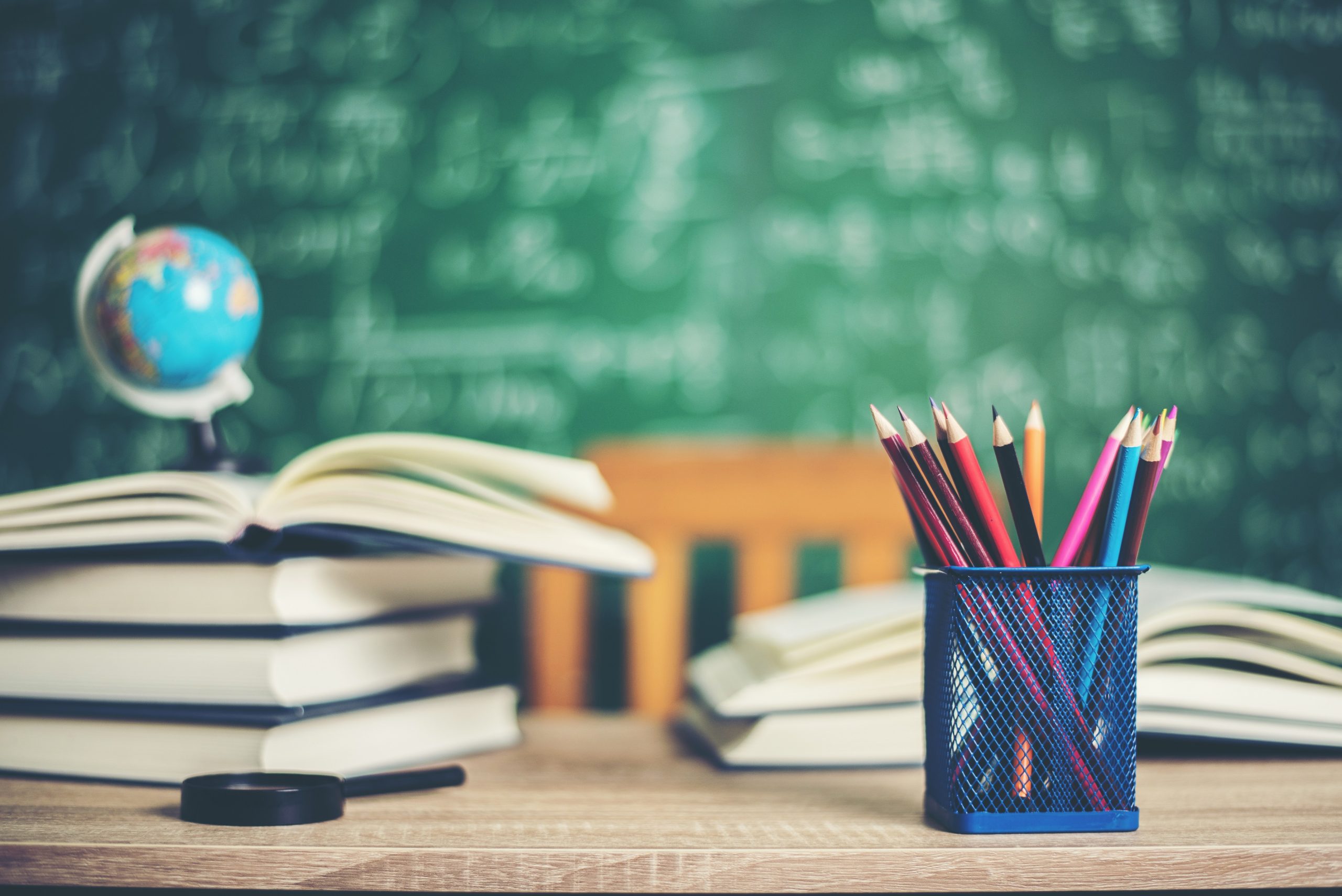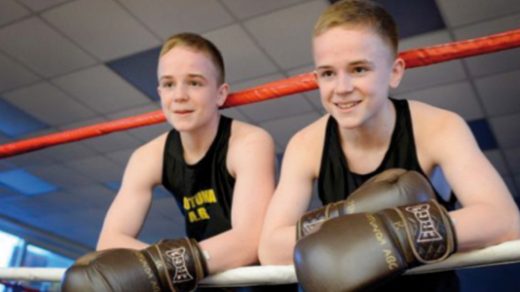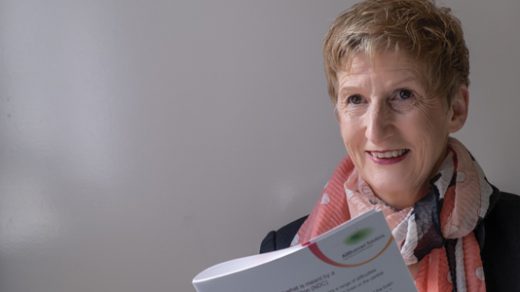New details announced for the wider opening of schools, colleges and nurseries

Plans for schools, colleges and early years settings across England to potentially open to more children and young people have now been set out.
As announced by the Prime Minister, by 1 June at the earliest primary schools in England may be able to welcome back children in key transition years – nursery, Reception, Year 1 and Year 6.
Secondary schools, sixth forms and colleges will also work towards the possibility of providing some face-to-face contact with young people in Year 10 and Year 12 to help them prepare for exams next year.
Progress will be monitored every day and if the virus stays on the downward slope, and the R remains below 1, then – and only then – will it become safe to go further, move to the second step and reopen schools.
Early years settings may also be able to open for all children. The aim is for other primary years to return later in June, but this will be kept under review, and there are currently no plans to reopen secondary schools for other year groups before the summer holidays.
Priority groups, including vulnerable children and children of critical workers who have been eligible to attend throughout school closures, will continue to be able to attend schools, colleges and early years settings as they are currently.
The transmission rate has decreased, and the aim is that by 1 June at the earliest it will be safe for a greater number of children and young people to return to education and childcare.
As a result, the Government is asking schools and childcare providers to plan on this basis, ahead of confirmation of the scientific advice.
This will only happen when the five key tests set by Government justify the changes at the time, including the rate of infection decreasing and the enabling programmes set out in the Roadmap operating effectively.
Guidance to the sector, published on 11 May, sets out a range of protective measures to ensure education settings remain safe places, including:
- reducing the size of classes and keeping children in small groups without mixing with others
- staggered break and lunch times, as well as drop offs and pick ups
- increasing the frequency of cleaning, reducing the used of shared items and utilising outdoor space
Preparation for the potential reopening of schools will be part of the second phase of modifications to social distancing measures which the Prime Minister set out yesterday – following more people returning to work in step one, and coming alongside the possible reopening of some non-essential retail in phase two.
The Government will continue to work closely with the sector in the build up to and following pupils’ return.
In addition, from 1 June, all children and young people eligible to return to their settings will have access to testing, if they display symptoms, as will any symptomatic member(s) of their household.
This will enable children and staff to get back to school if they test negative, and if they test positive a test and trace approach can be taken. Where a setting has a positive case, Public Health England will advise on the appropriate course of action, and the relevant group of people with whom the individual has mixed closely, should be sent home and advised to self-isolate for 14 days.




